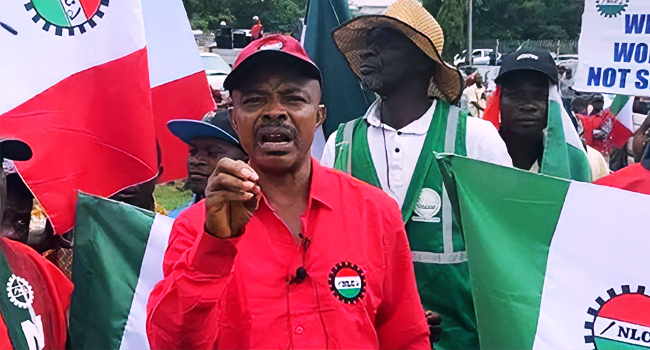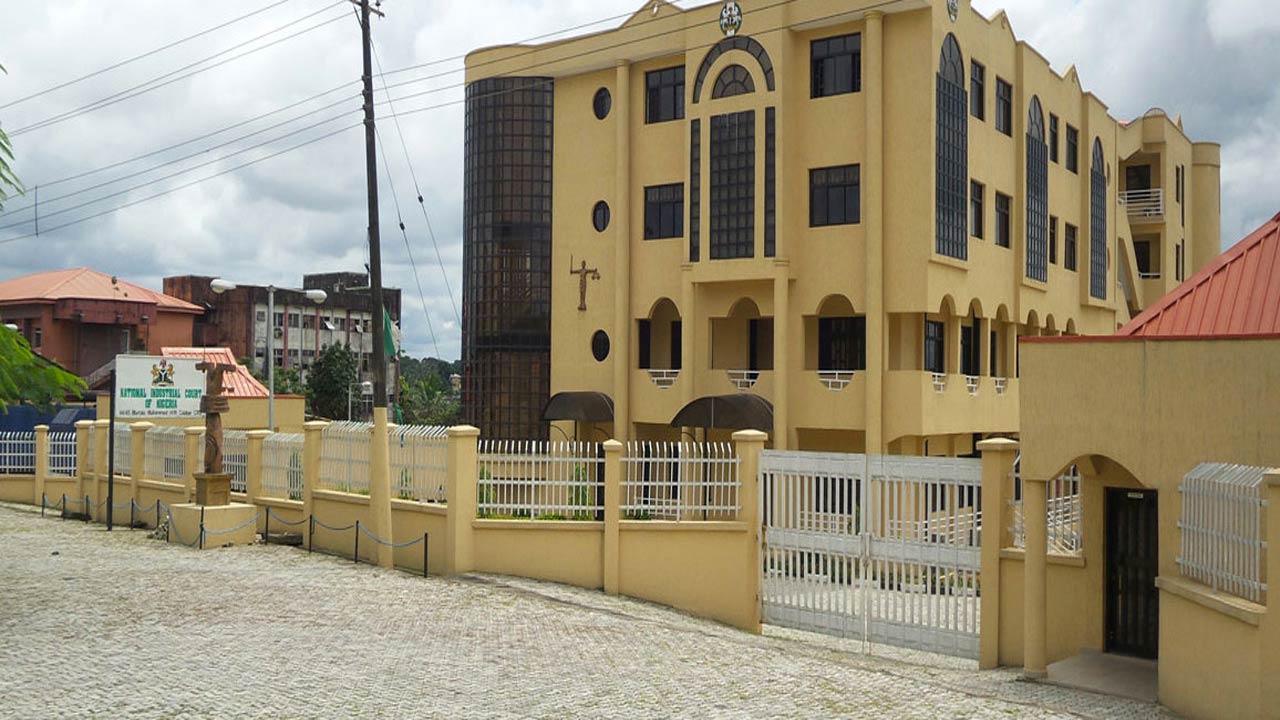Ayodeji Ake
The Lagos State Government has launched the Nigeria State-Level Antiretroviral Therapy (ART) Impact Survey (AIS) in the state, a household-based initiative designed to measure HIV treatment coverage and viral load suppression among adults aged 15 to 64.
Speaking at the press briefing in Ikeja, the Permanent Secretary, Lagos State Ministry of Health, Dr. Olusegun Ogboye, described the survey as a critical milestone in the fight against HIV/AIDS, noting that its findings would inform planning, strengthen systems, and improve care for people living with HIV.
Ogboye explained that the AIS would track three major indicators: the number of people living with HIV identified, the proportion receiving life-saving antire-troviral therapy, and the percentage who have achieved viral suppression. According to him, viral suppression means that “the amount of HIV in the blood is so low it cannot be transmitted to others.”
The permanent secretary stressed that the survey is scheduled to run from October to December 2025, covering 6,150 households across all 20 LGAs of the state. Approximately 11,354 people will be interviewed, tested, and counselled, with results provided immediately.
“All data will be collected confidentially, and anyone who tests positive will be linked to care,” he stated.
On tommunity participation, Ogboye emphasised that households were randomly selected and cautioned against stigmatising visited homes.
“It is not houses with people living with HIV that are being visited, this survey is not about marking houses where people are HIV positive, so they don’t go marking every hhousethat is visited by the enumerators and think it means that there’s someone there with HIV This is a representative, scientific exercise to reassess progress and improve resource allocation,” he said.
He lauded the Lagos State governor for sustained support of HIV programmes and commended implementing partners, including PEPFAR, US CDC, PHIS3, and the Federal Ministry of Health, for technical and financial backing. “Together, we move closer to the 2030 goal of ending HIV as a public health threat,” he concluded.
In his remarks, Deputy Director for Epidemiology and Strategic Studies, US CDC Nigeria, Dr. Ibrahim Dalhatu, reaffirmed America’s commitment to Nigeria’s HIV response through PEPFAR funding and technical support.
He stated that the CDC’s role spans survey design, laboratory testing, data analysis, and quality assurance.
Dalhatu underscored that the survey is “not only about data, but about people, families, and communities.”
He added that the exercise would generate evidence to guide the Lagos State Government and the federal government in implementing HIV programmes to international standards.
He clarified that the selection of Lagos and Akwa Ibom States was based on their high HIV burden.
“This conceptualisation began two years ago, long before any funding concerns. Lagos, because of its population, has always been a priority state,” he said, assuring the state that the CDC would remain involved through dthe issemination and utilisation of results.
Also speaking, Dr. Chioma Nkanwa, representing the National Coordinator, National AIDS and STIs Control Programme (NASCP), described the AIS as a major step toward epidemic control.
She emphasized that community engagement and public participation were crucial to the success of the survey.
Nkanwa highlighted that the findings would guide policy direction, simplify programmes, and improve sustainability and government ownership. “The clearer we understand the realities on the ground, the better we can design financing models and interventions that speak to Nigeria’s realities,” she explained.




